This year I read 58 books, a little more than one per week. As ever, a chipper tip of the hat to Aaron Swartz, who reads over 100 books every year, and inspired me to start blogging annually about the books I read. Swartz is an absolute James Franco of productivity; his article on being productive is worth a gander.
I've tracked my books read since 2003. It's interesting seeing how your perceptions change with time. For instance, I really dogged "Atlas Shrugged" when I read it in 2008, but find myself constantly mentally referencing the book - it's definitely affected the way I evaluate my world. So what follows are books I loved reading in 2010, whether or not I will still agree with myself come 2012.
The Eiger Sanction by Trevanian
Really very good. Almost worth rereading sheerly for the clever dialog in the first half. Great rapport between characters and deeply clever descriptions, particularly in the first quarter of the book.
I Am America And So Can You - Stephen Colbert, Laura Krafft, and a bunch of other writers
Colbert is just wonderful - when he's good, he's great - some laugh out loud wonderfulisms in here - really well done.
The First Billion is the Hardest - T. Boone Pickens
Everything this guy touches turns to gold. He became a billionaire twice in his career. His predictions on the future of energy are startling. It will be interesting to see if America proceeds with wind power and with natural gas vehicles. I think Pickens' book is a strong inspiration for seniors as he's having the best time of his life as an 80 year old, and achieving incredible and growing success in his billion dollar commodities trading business.
Shibumi - Trevanian
A strong read. A book about character that is heartfelt and inspires the imagination; really a great spy book with extremely clever dialog that feels amazingly current.
On Writing - Stephen King
I particularly enjoyed the first third; you just hear his voice so plainly with its humor, honesty, and realism.
20,000 Leagues Under the Sea - Jules Vernes
Really captivating. A great and imaginative adventure with great ideas. Granted, the protag is not particularly proactive, but the ideas are neat and there's great suspense.
Jeeves and The Mating Season - P.G. Wodehouse
Just wonderful and laugh-out-loud funny.
The Hot Kid - Elmore Leonard
The first chapter is astonishingly well written. All in all a very terse and gripping writing style - highly enjoyable.
"Killer in the Rain" and "The Curtain" - Raymond Chandler
Always a delight.
Outliers - Malcolm Gladwell
A riveting read. Truly fascinating. Empowering and chock full of wonderful and engaging ideas. A great book.
Freakanomics by Steven Levitt and Stephen J. Dubner
I liked the connection between abortion and crime and the sections on crack dealing and sumo wrestling in particular. This book was a huge best seller in part because it's great fodder for dinner party conversation. I reference this book incessantly in conversation.
The Loo Sanction - Trevanian
Some really enjoyable stuff and very ahead of its time. Yet another Trevanian spy thriller with great ideas, impressive action sequences, and clever dialog. Very well constructed.
Goodbye Columbus - Philip Roth
The first half has very good dialog writing. Ultimately, I'm not sure what the book is really about. The big plot point seems to center around buying a diaphragm? The book felt excellent at capturing a Jewish slice of life for the time period, but what does it all mean?
Blood Meridian - Cormac McCarthy
Just gorgeous, masterful writing - absolutely immense; an American classic.
The Girl With the Dragon Tattoo - Stieg Larsson
Very enjoyable read. Very well plotted and delightfully Swedish. Perhaps the idea of a father/son serial murder duo is a bit much to swallow. But the book is so much fun and really stays with you. Just excellent.
The Girl Who Played With Fire - Stieg Larsson
Really page-turning and impressively plotted. Larsson was already setting up this story in book one, which is outstanding.
The Girl Who Kicked a Hornet's Nest - Stieg Larsson
So much fun.
In Cold Blood - Truman Capote
Lots of color and detail and psychological background that must have been extremely cutting edge in its time.
All the Pretty Horses - Cormac McCarthy
One of the great accomplishments of American literature by one of the very best; outstanding literature and outstanding writing.
The Wordy Shipmates - Sarah Vowell
An exploration of what it means to be Puritan, and what it means to say that America is puritanical. Interesting and accessible and fun.
Assassination Vacation - Sarah Vowell
She has a fun, immensely likable voice that is informative in a neat and pleasant way.
Silmarillion - J.R.R.Tolkein
Pretty delightful, amazing how he pulls everything together. Quite possibly it's the last chapter that really got me amped up (the whole beginning is a bit meandering). Fun seeing how Middle Earth was in its last gasp preparing for the final battle of LOTR. Awesome to see the origins of Isuldur, Elendil, Gondor, Sauron, Mordor, Mirkwood, Rivendell, Lothlorien, Morea, the Elves, the Dwarves, the Hobbits, the Numenoreans, the stewards of Gondor, the Rohanim, and the Wizards.
1776 - David McCoullough
Excellent. Truly outstanding. An amazing tale that brought tears to my eyes and made me proud to be an American.
On Directing Film - David Mamet
Many excellent ideas in here. For a guy known for his dialog, he adamantly believes the shots should tell the story. I find myself preferring Mamet's interpretation of Stanislavski to Stanislavski himself. Mamet's a guy who knows a thing or two about a thing or two.
The Crossing - Cormac McCarthy
The first third of the book is immensely gripping and then, suddenly, takes a very cruel turn that alienates me from the rest of the book. The hero switches superobjectives three times in the story, which further alienates me as the story keeps winding down and then firing back up again. The prose is usually gorgeous. Except when McCarthy repeatedly departs from the forward action of the plot to meet with crazy people soliloquizing long Doestoyevskian stories about death and God. His writing is masterful but this story did not turn the pages for me the way his other books have (although the first 100 pages or so are just wonderful, wonderful, wonderful). This book was emotionally tough for me, so perhaps I am just too close to it.
"Extra Lives, Why Video Games Matter" by Tom Bissell
Absolutely laugh-out-loud funny. A really enjoyable read. Ultimately, the book does not in any way answer the question "why video games matter." Which is fine I suppose.
The Fountainhead - Ayn Rand
A chore to read, but arguably worth it. I didn't understand any of the character's motivations. They are drawn as straw men for Rand's arguments. I also notice that like Atlas Shrugged, the lead female gets to have quasi-adulterous relationships with three men without suffering any tangible consequences, a fantasy Ayn Rand attempted but did not quite achieve in her personal life. While I have trouble appreciating The Fountainhead as literature, I'm sure I'll find myself thinking about the individualist, objectivist, and anti-altruistic ideas she presents for some time. As mentioned above, Atlas Shrugged is a book that continues to percolate in my mind, years after reading.
Best Screenplays Read in 2010:
Source Code by Ben Ripley
A really tight and superbly crafted script. Developed at the Mark Gordon company.
All You Need is Kill - D. W. Harper
Based on a Japanese novel and bought by Warner Bros for $3 Million. Amazing script - excellently written.
 A broker is looking at three stock prices and notices a funny relationship. The three prices are all three-digit numbers. By subtracting the first number from the second number, she gets the same result as subtracting the second number from the third number. By subtracting the inverse of the first number from the inverse of the second number, and subtracting the inverse of the second number from the inverse of the third number, she still receives the exact same answer. Finally, each of the three numbers, minus its inverse, yields the same number (although a different number from the proceeding two operations).
A broker is looking at three stock prices and notices a funny relationship. The three prices are all three-digit numbers. By subtracting the first number from the second number, she gets the same result as subtracting the second number from the third number. By subtracting the inverse of the first number from the inverse of the second number, and subtracting the inverse of the second number from the inverse of the third number, she still receives the exact same answer. Finally, each of the three numbers, minus its inverse, yields the same number (although a different number from the proceeding two operations).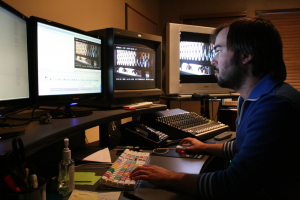

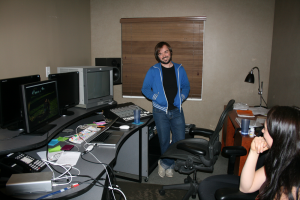



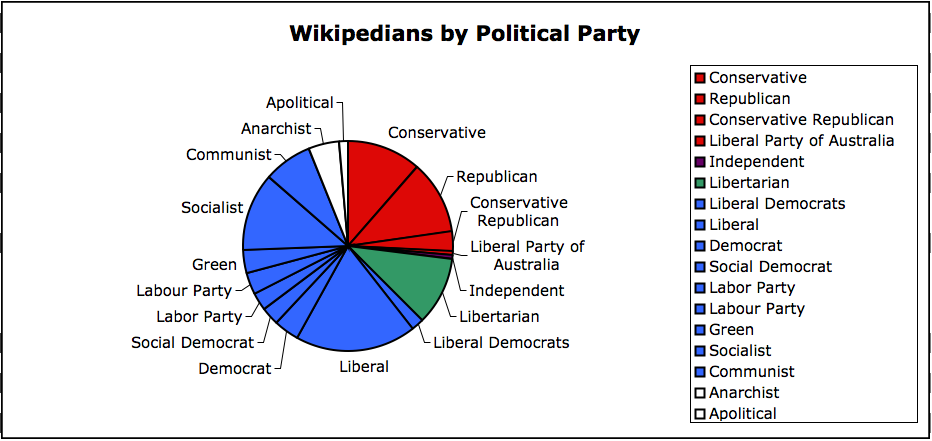

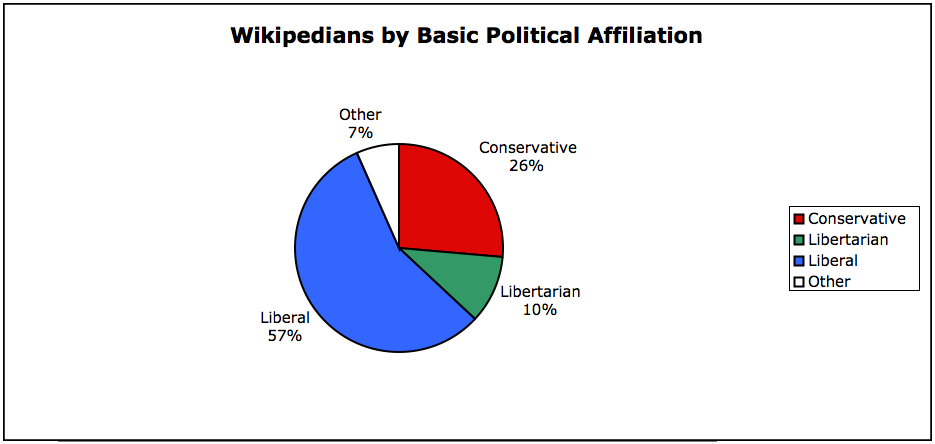

 Fascinating. To the first point, Davis is referring to the fact that Producers often cast the starring roles, and Casting Directors often fill out the supporting roles. To the second point, it's just sort of interesting the Oscars can squeeze every above the line credit into a four hour show, with the sole exception of Casting Director.
Fascinating. To the first point, Davis is referring to the fact that Producers often cast the starring roles, and Casting Directors often fill out the supporting roles. To the second point, it's just sort of interesting the Oscars can squeeze every above the line credit into a four hour show, with the sole exception of Casting Director. As folks know, the
As folks know, the 



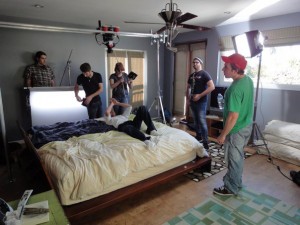
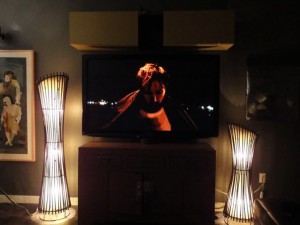
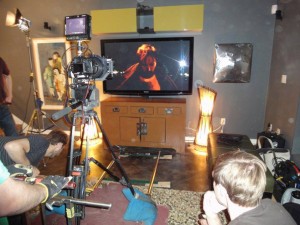
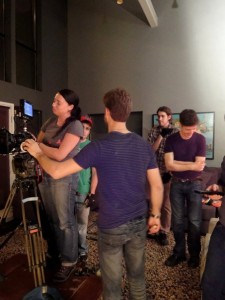



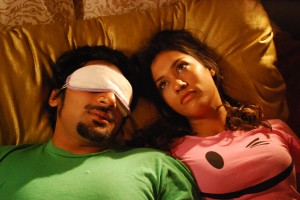
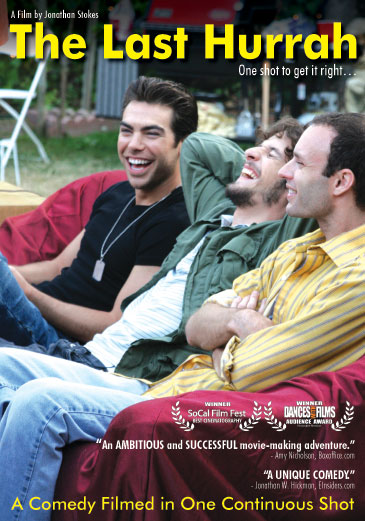
 Water heater and filter for 1400 gallon tank.
Water heater and filter for 1400 gallon tank.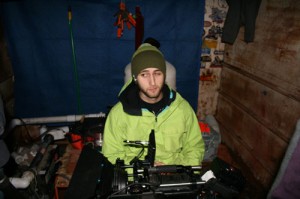 Red camera.
Red camera.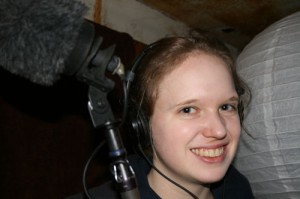 Boom is sending sound to camera and out to video village.
Boom is sending sound to camera and out to video village.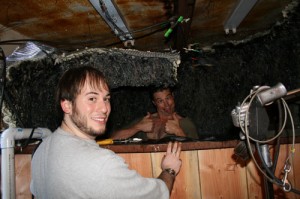 Peter has everything under control.
Peter has everything under control.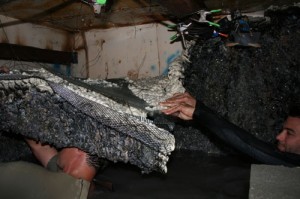 Rockstar Matt Gulley spent the whole shoot in the water with the actors, adjusting lights. Here, he and Peter and making some fine tune adjustments to the set...
Rockstar Matt Gulley spent the whole shoot in the water with the actors, adjusting lights. Here, he and Peter and making some fine tune adjustments to the set... Actors find their places...
Actors find their places...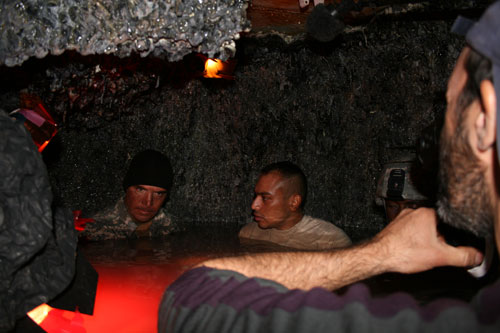 Chuck sets the camera...
Chuck sets the camera... And the shoot looks a little something like this.
And the shoot looks a little something like this. And this.
And this.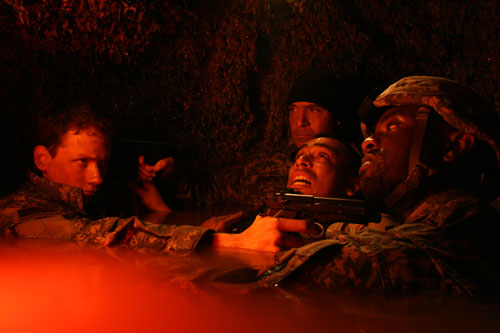 And this.
And this. That's a wrap!
That's a wrap!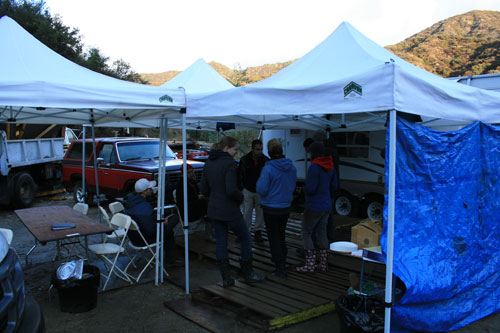 By dawn, base camp is built on wooden pallets in the mud.
By dawn, base camp is built on wooden pallets in the mud. More wooden pallets lead up to set.
More wooden pallets lead up to set. There is no electricity on site. So the entire set is run off of three gennies.
There is no electricity on site. So the entire set is run off of three gennies.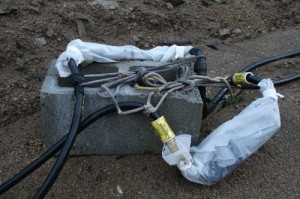 300 feet of bates cables lead power up to set.
300 feet of bates cables lead power up to set.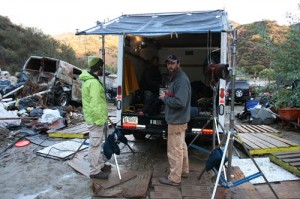 Chuck's office.
Chuck's office. A 12x12 is thrown over the container to block sunlight.
A 12x12 is thrown over the container to block sunlight.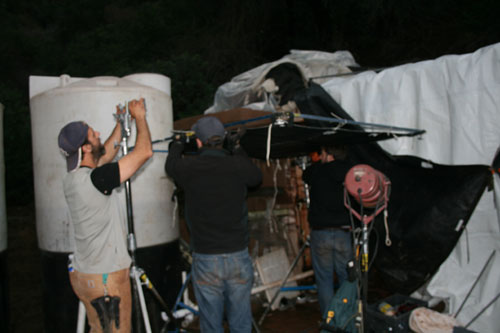 Set, from the outside. I'll take you inside in the next post.
Set, from the outside. I'll take you inside in the next post.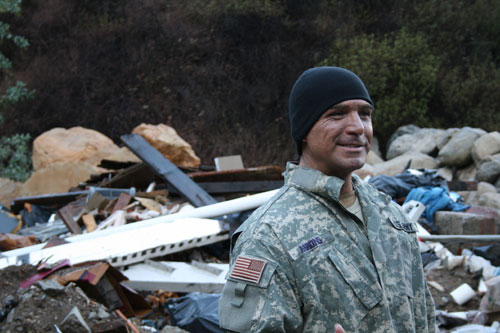 Paul Sloan, heading to set.
Paul Sloan, heading to set.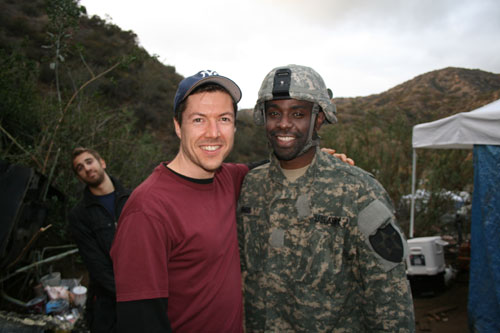 Jon Stokes (me), Brandon Scott. The shoot is a success because the actors and crew stay in amazing spirits.
Jon Stokes (me), Brandon Scott. The shoot is a success because the actors and crew stay in amazing spirits. Pete Sestina (2nd Second AD) and Jon Stokes (me). We have a dynamite crew - everyone is great at their jobs and I am thrilled.
Pete Sestina (2nd Second AD) and Jon Stokes (me). We have a dynamite crew - everyone is great at their jobs and I am thrilled.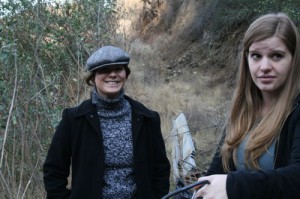 Wardobe Designer Ali Kahn is on hand to test outfits and Property Master Pallas Erdrich is on hand testing everything from flashlights to dry ice.
Wardobe Designer Ali Kahn is on hand to test outfits and Property Master Pallas Erdrich is on hand testing everything from flashlights to dry ice.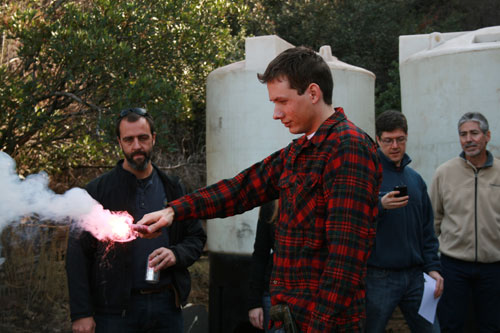
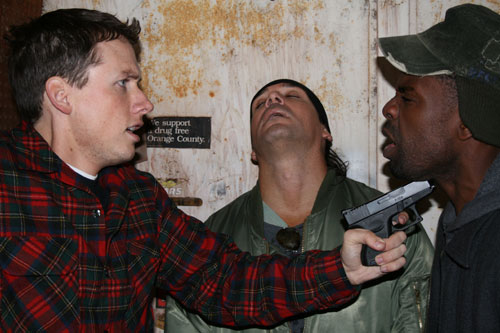
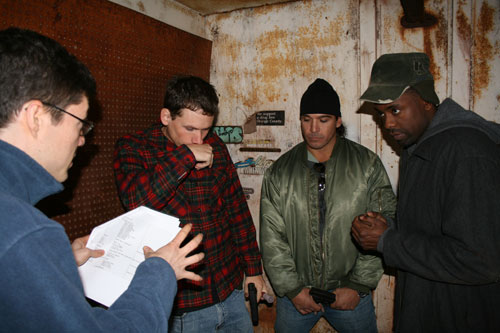 Running through every beat. Rehearsal is so valuable because on set there are a million other things to think about - it's best if the actors have a muscle memory for their role by the time they step on set.
Running through every beat. Rehearsal is so valuable because on set there are a million other things to think about - it's best if the actors have a muscle memory for their role by the time they step on set. Randy Wayne, producing.
Randy Wayne, producing. Jon Stokes, directing.
Jon Stokes, directing.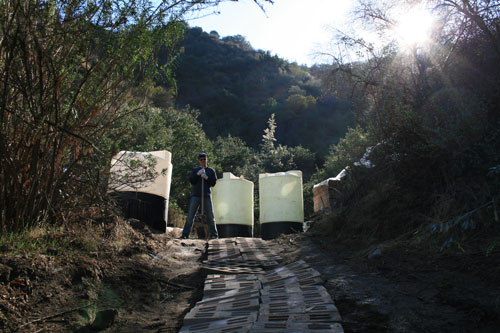 Look at this beautiful brick path. I've found my calling!
Look at this beautiful brick path. I've found my calling! Randy, be careful!
Randy, be careful!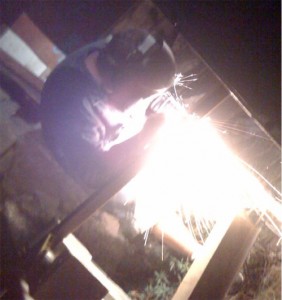 Charlie plasma-torches support beams across a six foot section of the container.
Charlie plasma-torches support beams across a six foot section of the container.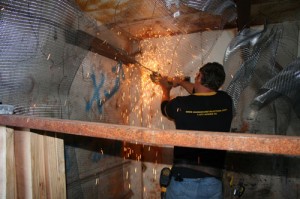 Peter clears out the space to begin hanging aluminum mesh. He also does a lot of math to figure out how much weight and pressure the water will exert.
Peter clears out the space to begin hanging aluminum mesh. He also does a lot of math to figure out how much weight and pressure the water will exert.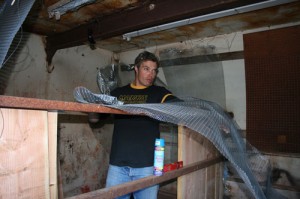 Peter drops in lumber against the welded bars, and begins hanging aluminum to shape the cave.
Peter drops in lumber against the welded bars, and begins hanging aluminum to shape the cave. The aluminum is screwed into the iron container, which Peter reinforces with several tons of concrete and dirt. Then Peter fits the inside of the cave with a heavy, waterproof liner.
The aluminum is screwed into the iron container, which Peter reinforces with several tons of concrete and dirt. Then Peter fits the inside of the cave with a heavy, waterproof liner.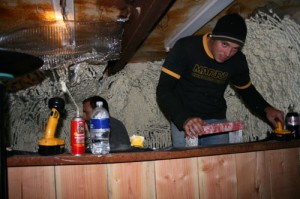 Chuck and Peter spray foaming. It is freezing cold in the mountains at night. We're working off of Peter's flashlight.
Chuck and Peter spray foaming. It is freezing cold in the mountains at night. We're working off of Peter's flashlight. 11pm on Friday night. Foam party!
11pm on Friday night. Foam party! These are my hands at my ballroom dance competition the day after spray-foaming. My poor dance partner had to hold these crusty hands.
These are my hands at my ballroom dance competition the day after spray-foaming. My poor dance partner had to hold these crusty hands. Production Designer Michael Barton puts in three coats of paint in three tints to texture the cave walls.
Production Designer Michael Barton puts in three coats of paint in three tints to texture the cave walls.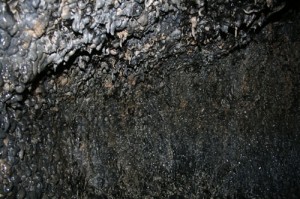 Finally, a fiberglass resin layer is added to water-proof the paint. The resin is toxic so Peter and I have to wear a protective suit with an oxygen mask to apply the coat. I wish I had a picture of this - the outfit is post-apocalyptic.
Finally, a fiberglass resin layer is added to water-proof the paint. The resin is toxic so Peter and I have to wear a protective suit with an oxygen mask to apply the coat. I wish I had a picture of this - the outfit is post-apocalyptic.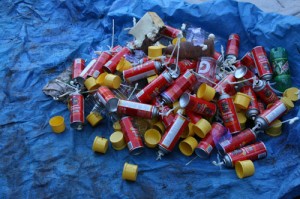 Spray foam, $200. Waterproof cave, priceless.
Spray foam, $200. Waterproof cave, priceless.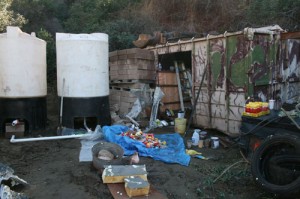 Peter fills the cave with 1400 gallons of water off a water truck and fills two 750 gallon water tanks for standby. If you peek inside the container you can see the cave set.
Peter fills the cave with 1400 gallons of water off a water truck and fills two 750 gallon water tanks for standby. If you peek inside the container you can see the cave set.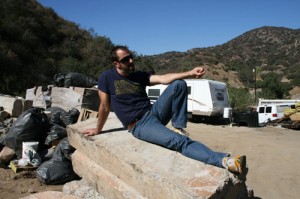 Chuck, in a contemplative pose...
Chuck, in a contemplative pose...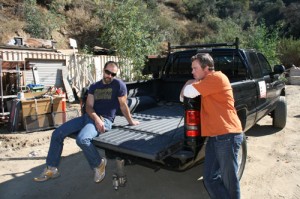 Chuck and Peter in deep thought.
Chuck and Peter in deep thought.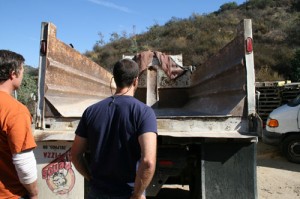 Can we fit a cave in a flat bed?
Can we fit a cave in a flat bed?